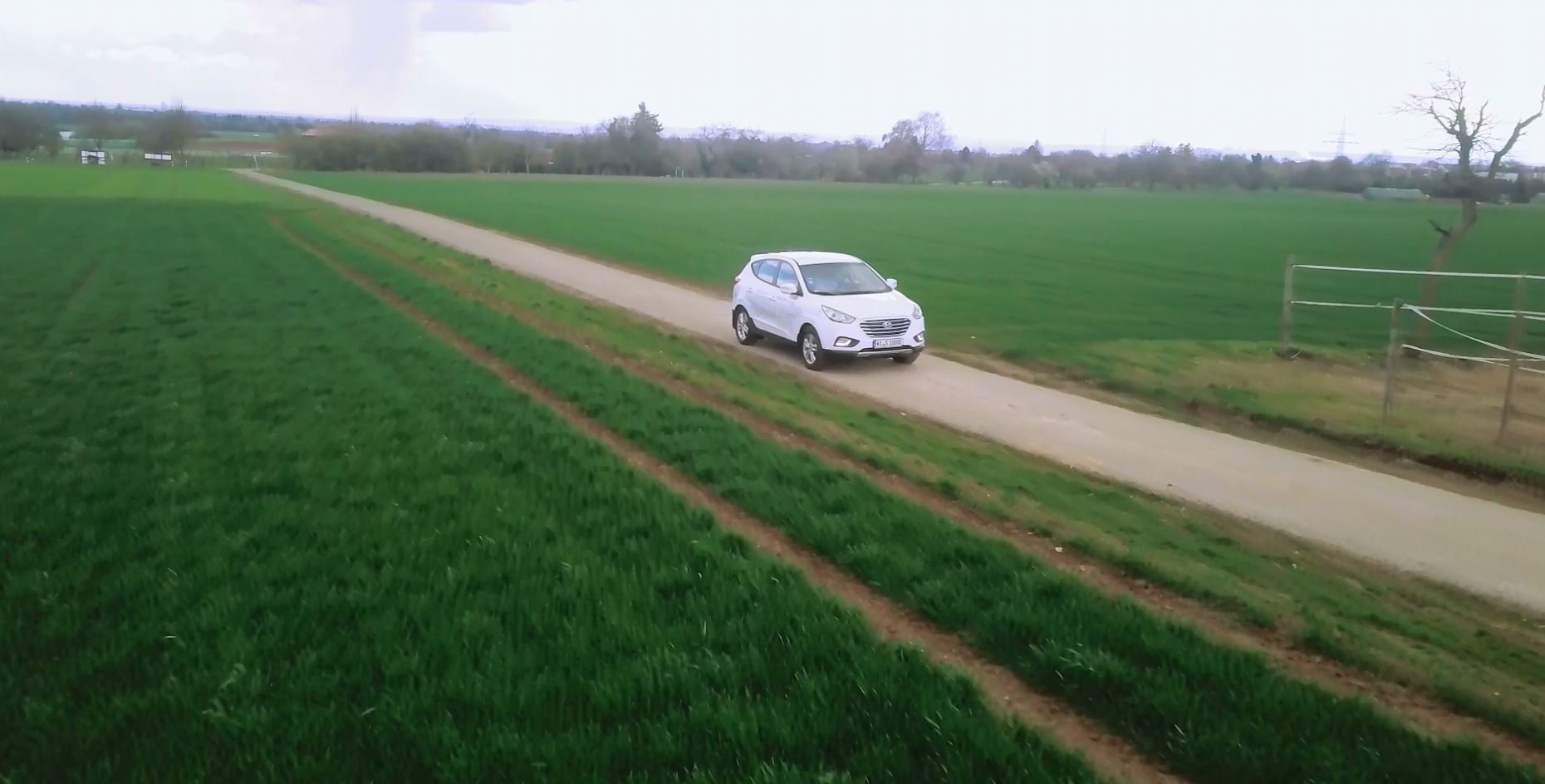Andreas Hornig: Offers Hyundai ix35 and Toyota Mirai in his car-sharing fleet
Today, Andreas Hornig is driving the Hyundai ix35, one of seven fuel-cell vehicles in his fleet. The SUV seems appropriate, because Andreas is 2.13m (7ft) tall. A former basketball pro, he relies on variety in his range, which includes everything from small urban speedster to boxy van. Over 1,000 vehicles are available to book-n-drive’s 45,000 customers at stations or in “free-floating” mode, where the vehicle can be parked anywhere.
Using instead of owning is a new trend. According to the latest figures of the Bundesverband Carsharing e. V. (bcs – German Car-Sharing Association), some 2.46 million people are registered with a car-sharing provider in Germany. This reflects (year-on-year?) growth of 16.6%. A total of 20,200 vehicles are available, 10.3% of which are electrically powered with batteries or hydrogen.
Electric vehicles are simply a must-have for car-sharing providers.
Says Hornig. But interestingly enough, this is not always reflected in the bookings. Customers are still uncertain; their trepidation about the unknown great.
But those who dare to book a hydrogen car are thrilled. And will book it again.
E-mobility in spacious vehicles, long ranges and short refuelling times are compelling arguments. And of course, this pleases the car-sharing provider as well, because the vehicle is on the move more.On the other hand, there are the high acquisition costs and the still-patchy hydrogen infrastructure in the Rhine-Main region. But Andreas Hornig takes a confident view, because car-sharing provider are always pioneers as well, and customers get used to things quickly!

Info on car-sharing & environmental benefits:
On average, a German car will spend 23 hours a day parked by the roadside, unused. So sharing cars makes a lot of sense. And it benefits the environment. 78 percent of station-based do not have their own car. Car sharing allows for flexibly choosing your means of transport. Ecologically sensible alternatives to the car are the biggest beneficiaries. In a study by the German Car-Sharing Association (bcs), 40 percent of car-sharing customers report a decline in their use of cars. 19 percent use buses and trains more frequently. 14 percent get on their bikes more often.
More here https://carsharing.de/
More articles